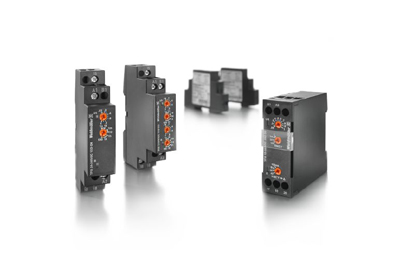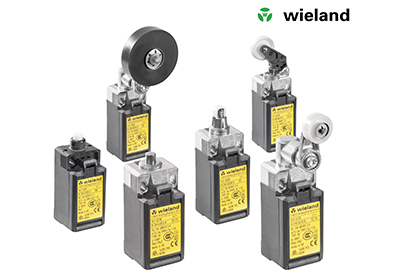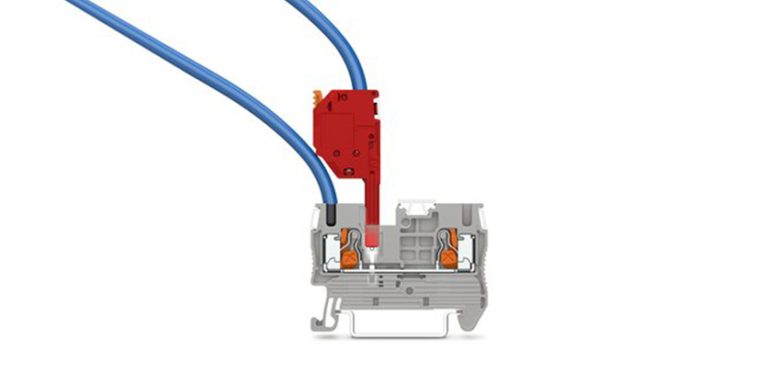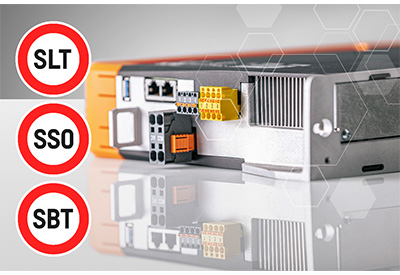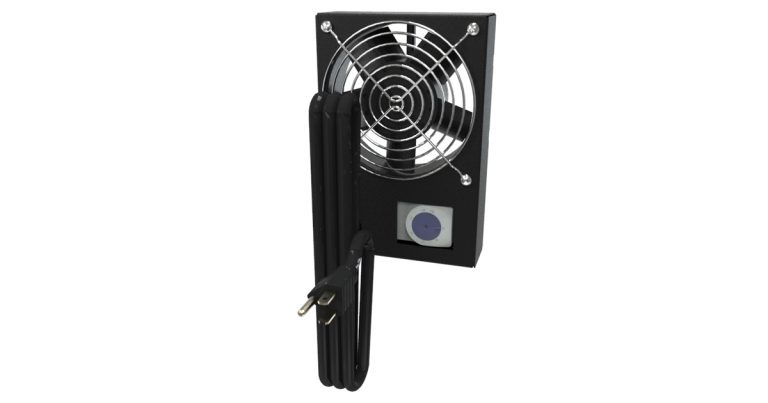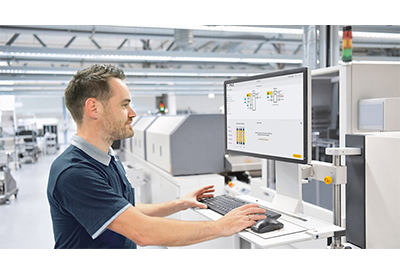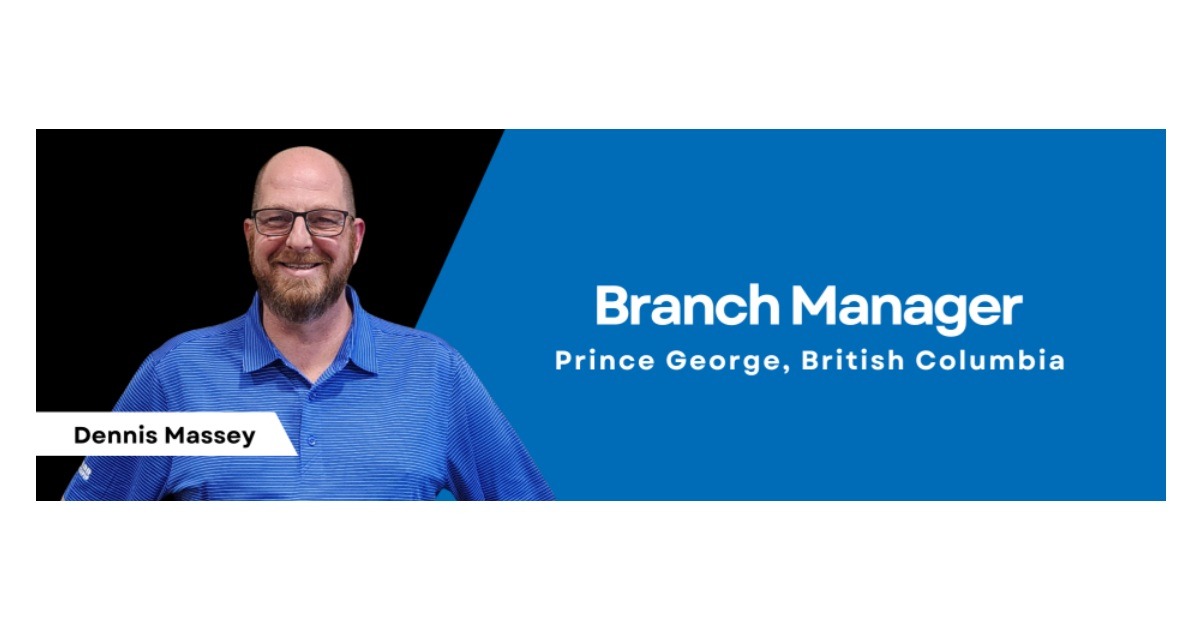Robotically Instead Manually: Automated Deburring With Proven Blades
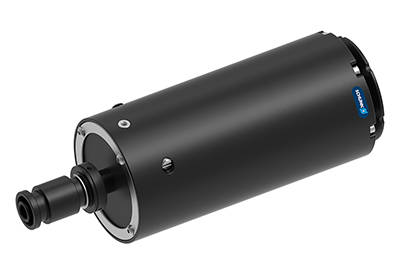
May 25, 2020
For the very first time, manual deburring processes can be automated with the robot deburring tool CDB from SCHUNK, without having to forgo the proven deburring blades. The adjustable-flexibility deburring tool is suitable for robot-assisted deburring of workpieces made of plastic, aluminum, steel, brass, and other materials in a wide variety of geometries.
It can be used for deburring stamped parts, for household and industrial fittings, as well as for plastic or metal components in the automotive or aviation industry. Being able to insert conventional deburring blades that were previously used manually 1:1 into the robot tool makes quick and uncomplicated changeovers from manual to automated operation possible. No change is required to existing know-how when it comes to blades, blade holders and the process. The flexible robot tool imitates the manual deburring process, all while maintaining consistently high quality. Positional inaccuracies, workpiece tolerances, and tolerances of the robot are axially compensated by up to 8 mm, and radially by up to ±5.5°.
Balancing force can be individually controlled (axially 13 – 66 N, radially 13 – 62 N). Therefore, the tool ensures process-reliable deburring results and reduces rejects, and at the same time requires minimum programming effort. The uniform tool mounting ensures short set-up times when exchanging blades, meaning that the deburring tool can be used efficiently for manufacturing small series. Compared to manual deburring, robot-assisted deburring offers a vast range of advantages, including that employees no longer need to endure difficult, dangerous, and lengthy deburring tasks. Moreover, a consistently high quality is also ensured. In automated operations, unmanned deburring is possible around the clock.

